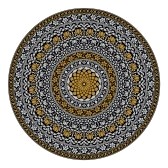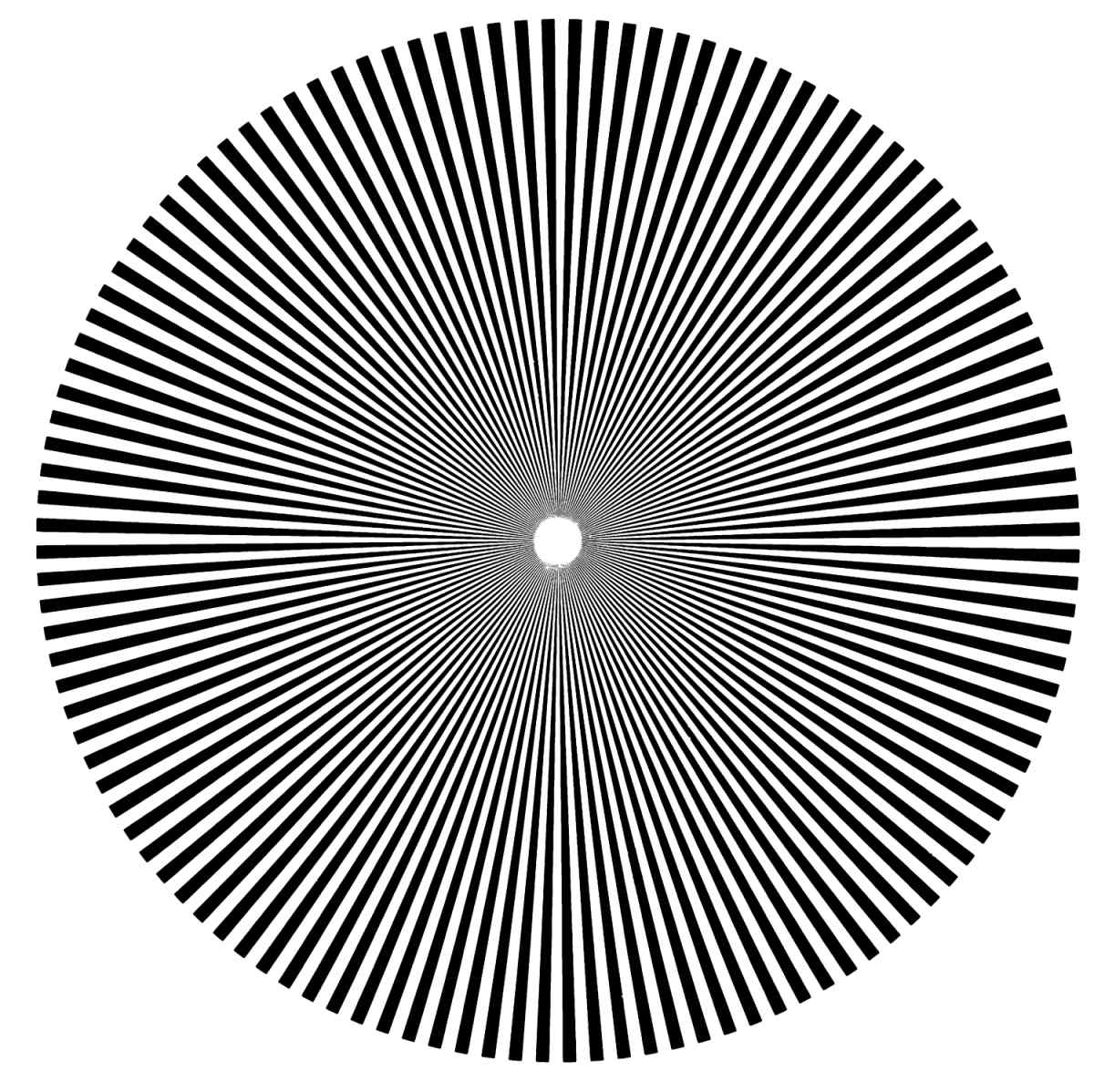 |
American Literature: Romanticism final exam assignment Sample Final Exams 2013 Question 5 |
 |
Hannah Wells
Romantic Poetry: Voices of Rebellion
American Romanticism is never so strong as it is in
poetry. The American spirit, the desire for a dream, shines in the microcosm
that is a poem. The rebellious, questing, American nature appears in poems from
the Puritan era through the Harlem Renaissance and beyond. Historically,
Romantic works reflect the current, societal situation and are often the voices
of the different or discontent.
Anne Bradstreet’s “To My Dear and Loving
Husband,” published in the mid 17th
century, is a lovely example of poetry that features Romantic elements and is in
itself a small rebellion. Like some other Romantic poems, Anne Bradstreet’s work
has a vein of the controversial and outrageous. Bradstreet sings the praises of
her husband and their deep love in an era where love was not a necessary
requirement for marriage. She wrote poems in a time when women were not
encouraged to read more than
The
Bible or do more than raise
the children and keep the home. “To My Dear and Loving Husband” is a passionate
piece that is not written for God, but for Bradstreet’s earthly husband.
Bradstreet even goes so far as to brag about her situation in comparison to
other women and dares them to compare with her love.
To achieve the beauty of “To My Dear and Loving Husband”
Bradstreet included Romantic elements like reference to the distant past and
nature and the belief in transcendence. The remote “East” does not possess
enough riches to compare to the Bradstreets’ love (Bradstreet 6). All of God’s
“Rivers cannot quench” the desire Bradstreet has for her husband. These
comparisons are also consistent with the tendency for hyperbole in Romantic
authors. In the end, Bradstreet wants blessings for her husband, but she also
desires to “live ever” after the pair dies (12). Instead of reaching for the
Puritan goal of spending her afterlife with God, Bradstreet is hopeful that
their love can transcend time and remain after death.
More than two centuries later, Countee Cullen’s “From the Dark
Tower” is also a poem of underlying controversy woven into Romantic elements.
Unlike Bradstreet’s poem, Cullen, a Harlem Renaissance author, is denied
something he longs for. The dream of equality is desired, often denied, but
sought after with hunger by the African American authors of the era. Cullen
shares the desire of a lost dream with Romantic artists, just as he shares their
style. “From the Dark Tower,” like most of Cullen’s poetry, is a variation of
the Italian sonnet. Poets like Cullen and McKay mingled this old form, a form
that belongs to their oppressors, with their new message. The form might well be
called an ironic sonnet since Cullen’s poem is not about love, but about sorrow
and underlying rebellion. This rebellion, however, does not explicitly belong to
the African American and the poem is quite timeless.
Besides form, Cullen’s poem has several other Romantic
elements. Like Bradstreet, Cullen uses nature images symbolically. His “bursting
fruit,” fortune and privilege, will not always belong to the tormentor alone
(Cullen 2). More importantly, Cullen plays with the images of light and dark and
their symbolic nature. The “sable breast” (Cullen 9) of the night sky contrasts
the “White stars,” but the night is “no less lovely being dark” (10). Light and
dark have historically been the symbols for good and bad, but in this poem,
Cullen declares the dark as beautiful and subtly (through Romantic language)
asserts the equality of his race. The poet goes on with the image of the dark
and avows that “we” will “hide” (Cullen 13) there “And wait” (14). Even if this
poem was unlabeled and undated, this last image screams of rebellion and
brooding discontent.
Both Anne Bradstreet and Countee Cullen include Romantic elements in their poetry to emphasize an underlying resistance or uniqueness. The study of Romanticism is useful when reading poems from any era because it speaks of a tradition and history across generations. The presentation of poetry in this class made it very clear that Romantic qualities persist in works from authors from different backgrounds, eras and styles. Class discussion was also helpful because students pointed out the uses of elements and their purpose. If the amount of poetry was lacking, the emphasis on finding and understanding the qualities of Romanticism in other mediums made up for it.
|
|
|
|


